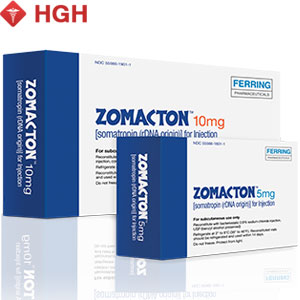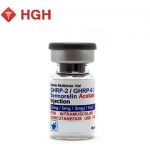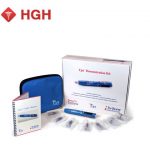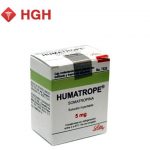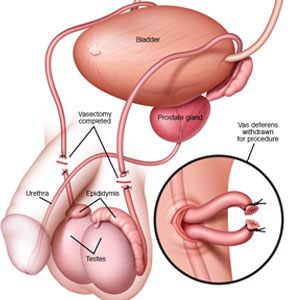
The decision of having a vasectomy should be looked at keenly and shouldn’t be taken lightly in a man’s life. On making your mind that you never want to have children again, the most reliable form to take is contraception. Vasectomy has many side effects which have and generally puts a man’s life at risk. Vasectomy affect testosterone production. Testosterone levels after vasectomy reduce. However, after recovery, it’s quite fortunate that you don’t notice unexpected and weird changes in your entire body. Although some reports show that one experiences chronic testicular pain which happens at very small percentages, most men find no difference in their overall sexual activities.
Surprisingly, testosterone Levels After Vasectomy change. This shows the close link between vasectomy and low testosterone something that most will not be expecting. However, testosterone replacement therapy can extensively help in the alleviation of the chronic testicular pain. Having the feeling that you are lagging behind in your normal life activities, such as your normal sex life gives evidence that there is testosterone loss after vasectomy.
Mostly, vasectomy affects testosterone production negatively leading to a subsequent reduction in a man’s sexual abilities. The connection between testosterone production and vasectomy sometimes conflict. Reaching the final decision on whether to undertake vasectomy or not may be influenced by the consequences and side effects. For instance, some facts show that there is increase of testosterone after vasectomy. However, the bottom line remains that there is decreased testosterone after vasectomy.
A serious condition which is associated with vasectomy is congestive epididymitis. After a vasectomy, sperms get trapped in the epididymitis before they get reabsorbed by the body. It’s possible to find sperms backed up, mostly in men who regularly have sex or produce large amounts of sperms which eventually leads to congestive epididymitis. This condition causes pain and discomfort. If not handled early enough, it can rupture. For this condition to occur, testosterone has to be present since it is associated with sperm production. Low testosterone after vasectomy give chances to the condition occurring are high.
Vasectomy and testosterone deficiency
This is a common problem experienced as men age. Mostly, it affects obese and diabetic people. Testosterone is a hormone that has an effect on male sex characteristics, maintenance of the sex drive, and erection capabilities. Furthermore, it maintains the bone density, energy and fat ratios, blood count and the overall psychological well-being. Vasectomy testosterone deficiency occurs when the production of the hormone is relatively low. This deficiency leads to erectile dysfunction due to the decreased testosterone after vasectomy. Fortunately enough, testosterone replacement therapy can be an improvement to the problem.Cutting down the risks after vasectomy
There is low testosterone after vasectomy. Using birth control for at most three months after the operation is advisable. This is because sperms are still swimming around the cut area. However, after a period of twelve weeks, a man should go for a follow-up test to test the sperms in his semen. Negative results mean that the undertaken vasectomy was a success. In order to boost testosterone levels, Tribulus Terrestris can be used since it has no associated side effects. This is the safest method that men who have undergone vasectomy can use to increase their testosterone level.Testosterone replacement therapy
Testosterone replacement therapy can seem to be enticing. However, there are misconceptions associated with what this treatment can do for you and can't-do for you. As you age, testosterone replacement therapy starts sounding like an anti-aging formula. There is increased testosterone loss after vasectomy. This leads to an outbreak of strange diseases such as hypogonadism. To avoid such diseases, the best route to take is going for testosterone replacement therapy. With many health benefits, testosterone replacement therapy is available in many different forms to avoid testosterone issues after vasectomy.
These include:
- Gels
These gels come in packets composed of clear testosterone gel. This testosterone is absorbed directly by the body when applied. It’s always advisable to apply as prescribed by the doctor.
- Injections and transplants
- Skin Patch
The endoderm is a skin patch that is usually worn of on the upper body and also on the arm. It is applied only once per day. With this facts, it is evident that vasectomy and testosterone production variations can be a nice decision to make especially when you don’t need any more children. Vasectomy is a surgery which takes a period of less than one hour but it's important for one to understand vasectomy affect testosterone production. There are many testosterone issues after vasectomy with a negative impact on men’s lives as seen.
